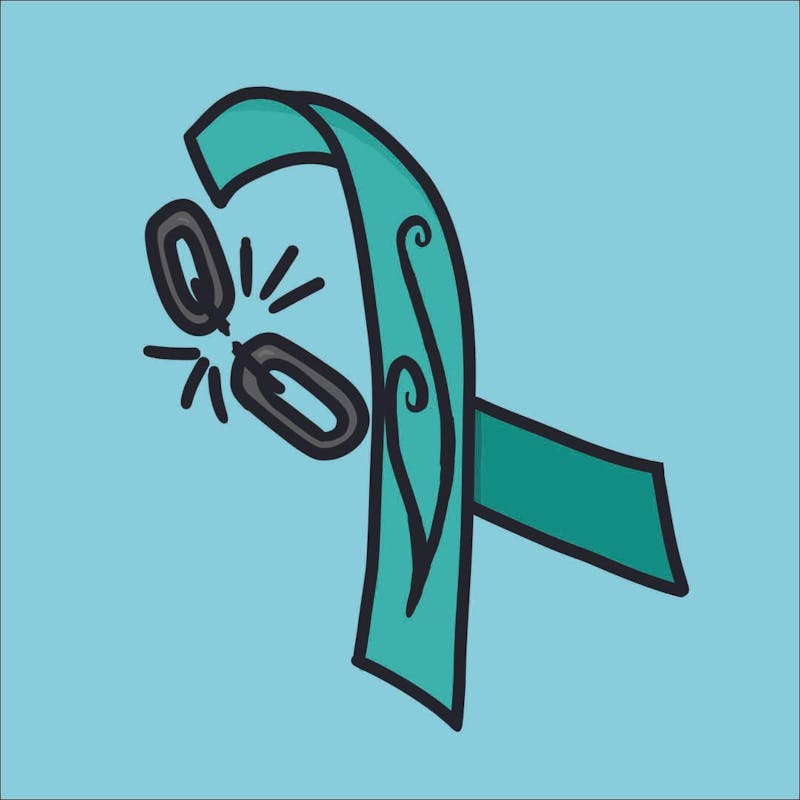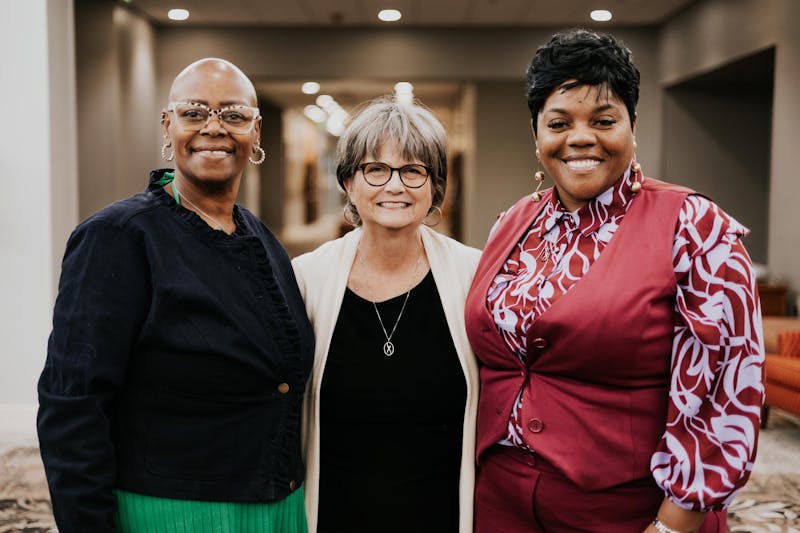Kathrynne Horine sat on the cream-colored carpet of her living room floor in Noblesville, Indiana, on an October night in 2012, streams of tears flowing from her hazel eyes. In her left hand, she clenched a loaded Smith & Wesson. She was 26 years old, five-feet tall, 150 pounds, and for most of her life she felt like a prisoner inside her male body.
Her girlfriend of three years had left her earlier that day, after hearing Kathrynne express her feelings of femininity. Despite her girlfriend rejecting her, Kathrynne didn’t blame her. She knew most people, upon learning their partner identified as transgender, would act in a similar fashion.
The television screen against the back wall caught enough light from a lamp that Kathrynne saw her reflection staring back at her. She closed her eyes and placed the tip of the gun’s barrel on her bottom lip.
She inhaled through her nose and slid the pistol into her mouth.
‘What is the point of living?’ she thought. ‘No one accepts me for who I
am.’
Her finger inched toward the trigger. At that moment, she heard a voice – a woman’s voice – coming from inside her head.
‘Just give me a fucking chance,’ the voice said. ‘Just let me come out and let me be you. I promise you’ll be happy. You’ll be free. You don’t have to live a secret.’
In 2011, the Williams Institute of the UCLA School of Law analyzed four population-based surveys and estimated that Kathrynne is one of about 700,000 transgender individuals in the United States. Like Kathrynne, 41 percent of pre-op transgender and gender nonconforming individuals have attempted suicide. These numbers are probably lower than reported, as some people never express their feelings for fear of ridicule and rejection.
To continue reading, visit BallBearingsMag.com





The Daily News welcomes thoughtful discussion on all of our stories, but please keep comments civil and on-topic. Read our full guidelines here.